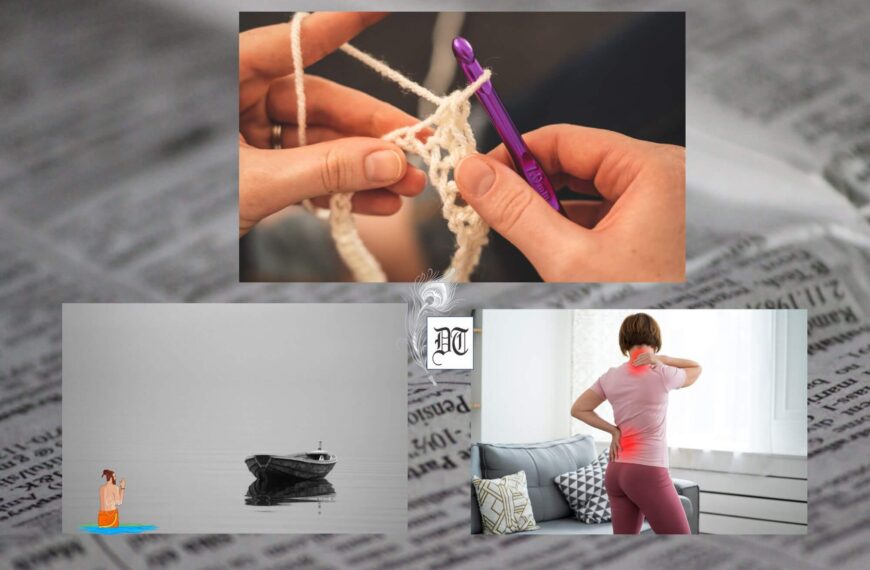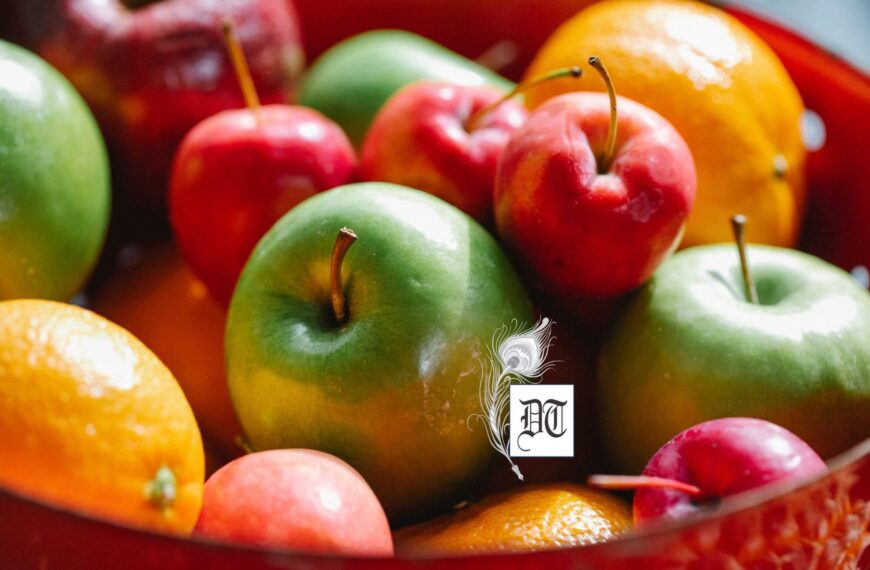Our Yoga expert, Navodita, shows up some sitting poses, after the standing ones. The three Asanas that she details are: Paschimottana Asana, Janusirsa Asana and Sava Asana. She tells us about the therapeutic effects of these poses. The Bhastrika Pranayama, enhances the beneficial effects. The columnist also gives valuable tips about our life, in the weekly column, exclusively for Different Truths.
It’s that time of the week when you have to get started with your work anew and afresh. So what are you waiting for? Let’s start with some stretches and bends. So far we have focused on standing poses that energise your limbs but now it’s time for some sitting postures.
Paschimottana Asana or Seated Forward Bend Pose
Sit straight in Danda Asana, which we will do with greater detail later. Keep your legs straight with knee caps plugged. Keep your back absolutely straight with your arms by your side and palms on the floor. Keeping the stretch of the side inhale and raise your arms. Watching over the extension of the back and the front, exhale and bend down to touch your toes. Keep your head buried between your knees. Breathe normally in this for about twenty seconds.
It acts as a wonderful stress reliever. This asana reduces fatty deposits in the abdomen. It removes anxiety, anger and irritability and calms the mind. It stretches the spine and brings flexibility. It is excellent for constipation and digestive disorder. It is also useful in increasing height.
Janusirsa Asana or Head-to- Knee Pose
This asana derives its name from its Sanskrit origins where Janu means knee and Sirsa means the head. Start by sitting straight in Danda Asana. Keeping your left leg straight bend your right leg so that the right toes touch the left thigh. The right heal is completely touching the right thigh itself. Raise both your arms overhead while inhaling. Exhale and bend down to touch your left foot. Keep the stretch of your back and torso. Do not bend the knee. Breathe normally in this pose for twenty seconds. Repeat this asana with right leg straight and left leg bent.
It is the best exercise to reduce belly fat. This asana strengthens the hip bone. The stomach muscles also strengthen and small and large intestines are stretched. It can help you get rid of the constipation problem. While stretching the left leg the pancreas which is in the left side is accelerated and diabetes disease is overcome. While stretching the right leg, spleen and the gall bladder is strengthened. If Janusirsa Asana is practiced regularly, it can help you from fighting fever.
After getting the complete stretch and benefits of both these poses, its time now for some Sava Asana.
Sava Asana or the Corpse Pose
Lie down with your feet away from each other. Let your hands be away from your body. Loosen up your body. Inhale and exhale normally for about five minutes and slowly focus on every part of your body. Focus on your breath and feel the breath running through each and every joint and muscle of your body. Feel the breath through every cell of your body. Although it looks easy Sava Asana is one of the most difficult poses to do as it demands more focus from you. This gives the body an opportunity to relax and unwind. It helps relieve stress and cures insomnia. It is excellent for stimulating blood circulation.
Now you may roll to your right-hand- side and sit up and open your eyes. It’s time now for some breathing exercises.
Bhastrika Pranayama
In this you should first sit in Sukha Asana or simple cross-legged pose. You may also sit in Swastika Asana. Take a deep breath so that your stomach expands and protrudes out. Have a slow deep inhalation which goes on for about two seconds. Slowly exhale with a force through your body. Exhalation should be powerful and strong so that your stomach goes in. Continue this form of inhalation and strong exhalation for about five minutes.
While breathing in imagine that you are taking in positivity and that you are being energised by them. While breathing out imagine that all the toxins of the body are coming out along with all the negativity.
This Pranayama gives strength to lungs, helps in allergies, Asthma, respiratory diseases. It helps in common cold and improves the immunity system. People suffering from high blood pressure and acute heart problems, however, should avoid doing this.
Practise these asanas and Pranayama until next time with some good thoughts to mull over:
- Do unto other as you would have others do unto you: Always know that when you empathise and put yourself in the other person’s shoes, you behave a lot better than otherwise. If you expect kindness, politeness, love and warmth then its important you yourself first learn to be that way
- What goes around comes around: Always watch your actions. Actions are said to be of thought, word and deed not only of actions alone. Do some mindful thinking and watch your thoughts as thoughts can easily translate into deeds and actions which get accumulated for your future.
- It’s better to lend a hand for help rather than be folded in prayer: True to some extent because if you help one person, you are doing good to someone else without the expectation of benefit or return from that person. This is the biggest form of giving – to help without expecting in return.
- Always contain anger and avoid it at important times: The first and foremost thing for a healthy relationship is to contain your anger and heal yourself through your best behavior before others. Avoid any altercation and put up your best by sometimes saying yes to the other person.
- If you want a smooth day ahead focus only on ‘ordinary activities’: If you would like a smooth day then focus on your daily activities more than the bigger actions- by ‘ordinary activities’ is meant the four actions of eating, moving, thinking and relating. If you can do them right, you can set your day straight with healing and harmony.
©Navodita Pande
Pic from Net.









 By
By
 By
By

 By
By